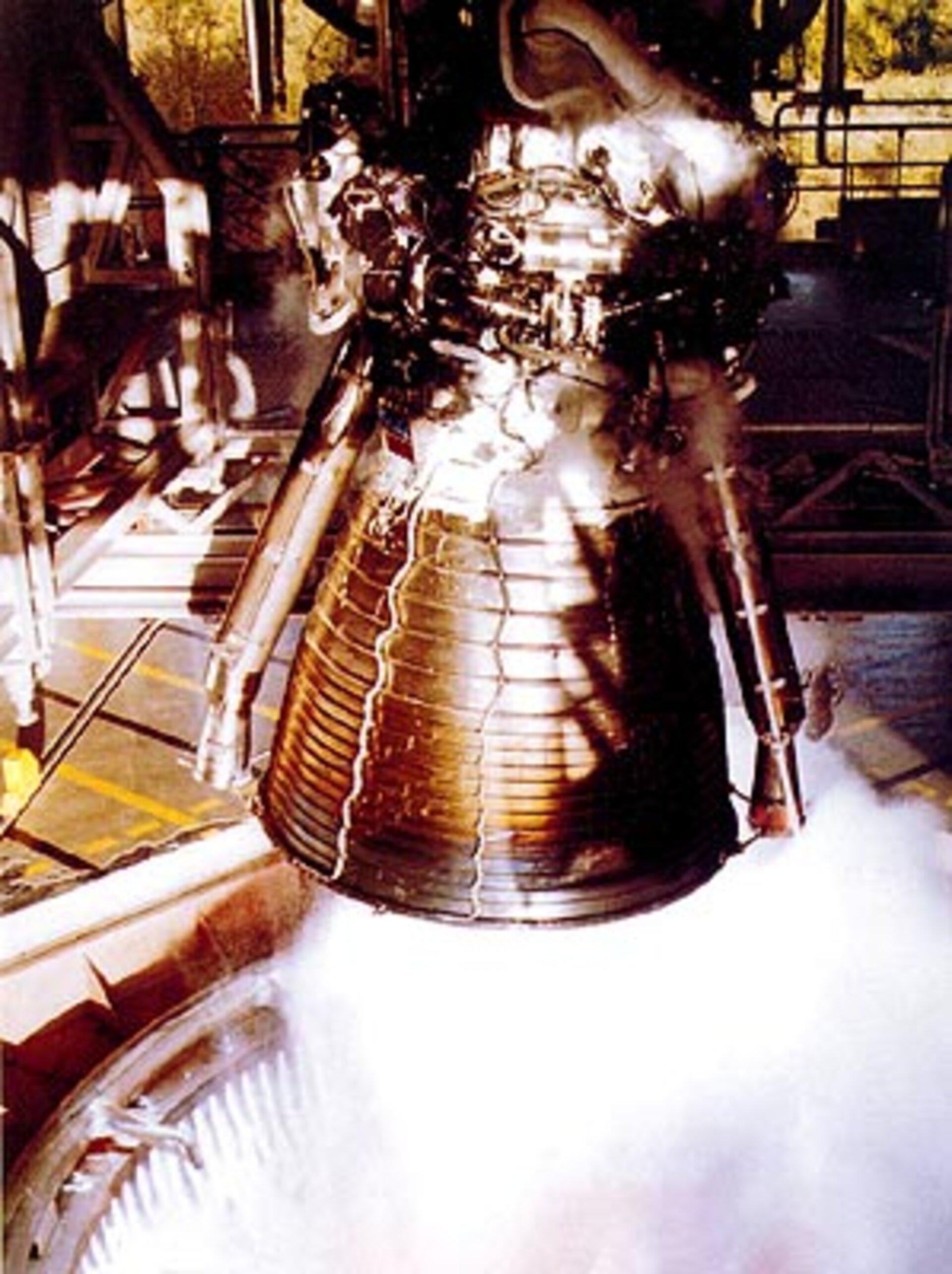Better predictions of two phase flow in liquid propulsion systems
What happens when you push a cryogenically-cooled liquid into a room-temperature engine? The sudden evaporation causes pressure to build, the liquid bursts out in a geyser and you stop the rest of the liquid flowing into the engine, delaying the ignition process.
This exact problem plagued one generation of launchers and needed to be solved for the next. One GSTP activity (4000111616) aimed to do just that but there was one issue, the problem that occurred when liquid hydrogen was used in the cooling circuits of rocket engines, could not be recreated on the test bench or in models.
To better understand and improve predictions of how different operating parameters affected the tubes the liquid hydrogen was travelling down, detailed tests had to be conducted. At the same time, until now, the chill-down behaviour of hydrogen-fuelled rocket thrust chambers had only been validated on global measurements, lacking detailed local information to better understand the transient chill-down process.
The experiments aim to improve the understanding of typical 2-phase-flow phenomena within thrust chamber applications by extending the available experimental database. In a second step the models used for the characterization of pressure drops and mass flow in propulsion systems were assessed and anchored to the experimental results.
Ultimately, the activity and its increased test database significantly improved our modelling capabilities and the discussions around different approaches deepened our understanding of the simplified engineering models. The activity resulted in the justification of different designs for future missions and launchers using liquid propulsion systems.


